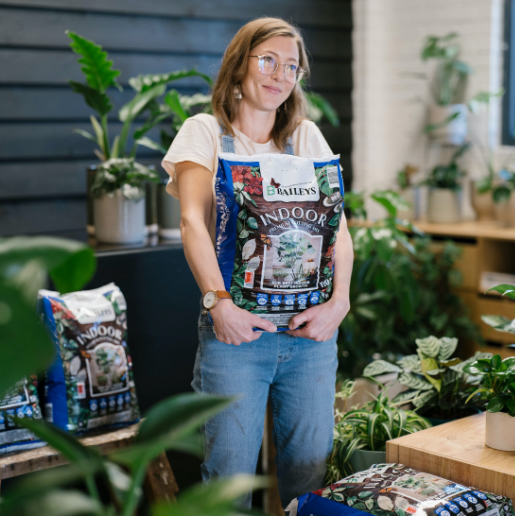
Join our Great Gardens Club!
Sign up to enjoy 15% off your first purchase from Baileys online. Plus, get our monthly WA gardening tips, latest news and promotions straight to your inbox.

Sign up to enjoy 15% off your first purchase from Baileys online. Plus, get our monthly WA gardening tips, latest news and promotions straight to your inbox.
Cabbage, kale, broccoli, cauliflower, bok choy, turnip and Brussels sprouts are all Brassicas - that is, members of the mustard family Brassicaceae. This huge group of delicious veggies are extremely versatile and crammed with vitamins, minerals and other health-giving properties. As cool to mild season crops, all can be planted in Autumn in WA. For something different, don't look past oriental varieties such as pak choi, mibuna, mizuna and wong bok.
Planting & Soil Preparation
Sowing
Feeding & Maintenance
Common Problems & Pests
Popular Varieties
Broccoli
Cabbage
Kale
Cauliflower
Brussel Sprouts